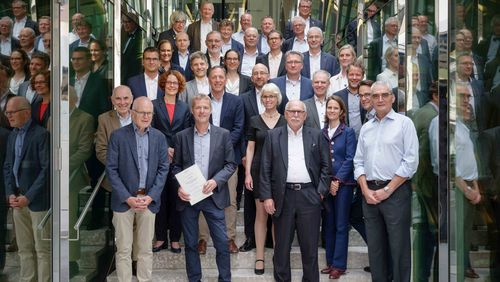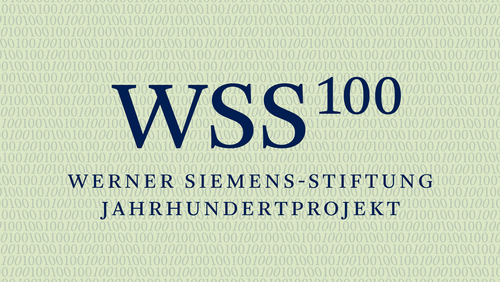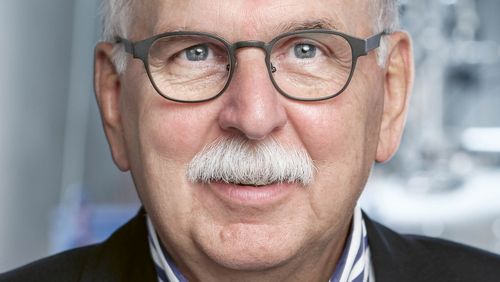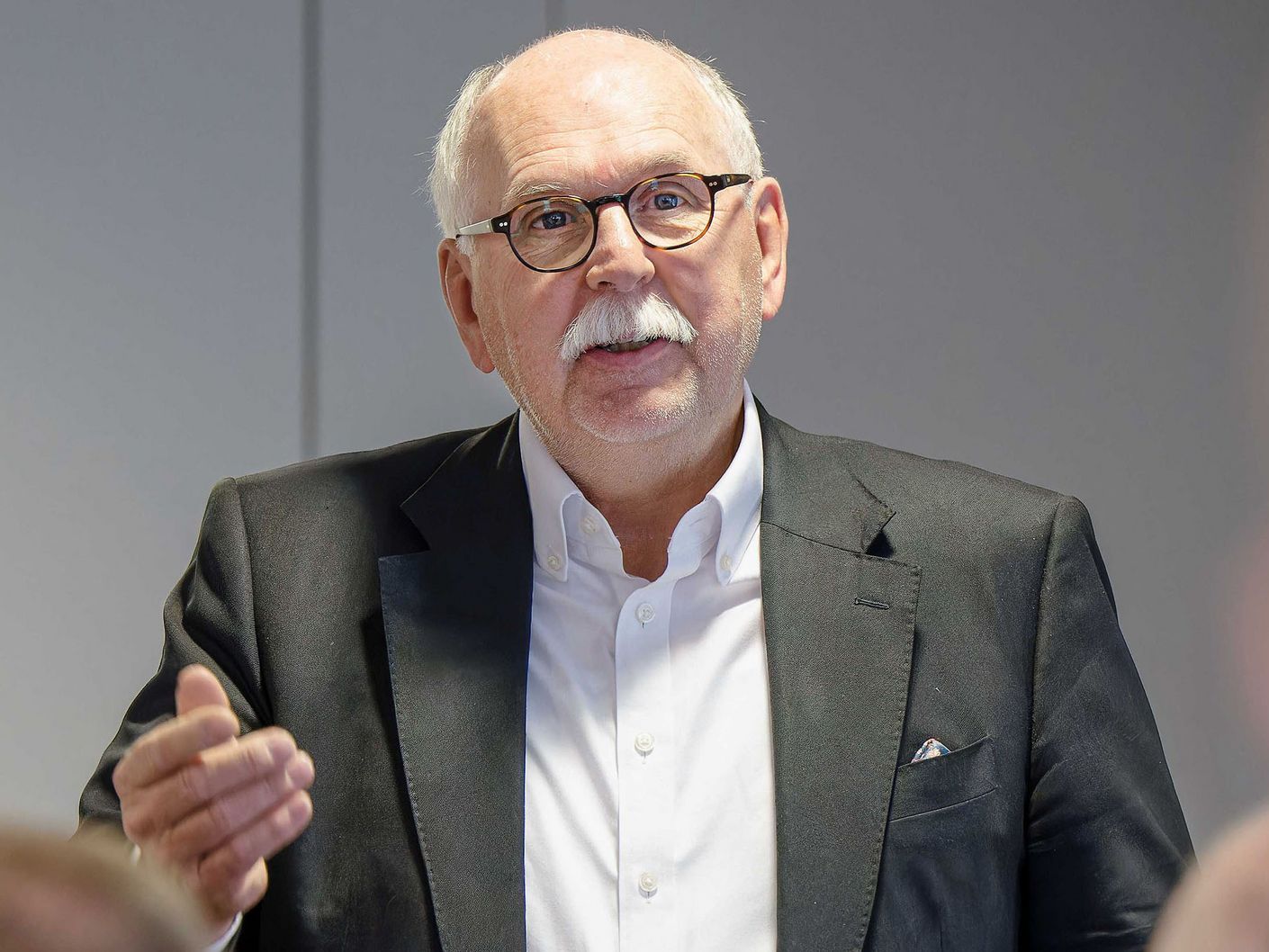
“The project is unique”
An ideas competition with a prize of one hundred million Swiss francs to mark the Foundation’s 100th anniversary: project manager Matthias Kleiner explains how the Werner Siemens Foundation’s “project of the century” came to be—and why he believes it’s one of a kind.
Matthias Kleiner, how did the idea for a WSS project of the century come about?
The centennial anniversary of a foundation is always special, particularly in the research sector, where only a few institutions can look back on such a long history. We on the WSS Scientific Advisory Board held a meeting to discuss ways the Foundation could honour its anniversary in due fashion. That’s where the idea for a “project of the century” ideas competition first formed—and for the winning project to be endowed with one hundred million Swiss francs. We felt comfortable with the bold idea, as the Foundation already—by every measure—funds large-scale, exceptional projects, generally with ten million francs over a ten-year period. So we agreed to propose our plan to the Foundation Board.
How did the Foundation Board react?
That was in spring 2022, and the Board members were convinced from the very start. Because my term of office at the Leibniz Association ended that summer, I offered to be in charge of the project of the century—and then developed a concept for it.
What did the concept look like?
I proposed a two-pronged approach: first, an ideas competition that would conclude with the awarding of up to five WSS research prizes of one million Swiss francs each; and second, a competition between these prize winners for a ten-year grant of one hundred million francs to set up a WSS Research Centre. I also made a suggestion for the general topic: technologies for the sustainable use of natural resources—after all, we have just this one world, and it’s crucial that science, business and society all work together to counter the dire exploitation of our planet’s resources. We discussed the concept in the Foundation’s various bodies and agreed on this approach fairly quickly. From the questions and comments we received, I saw how much support there was for the topic—also from the Family Advisory Board.
What aspects were most important when the ideas competition was launched?
Sending the message that the Foundation was prepared to take a risk—and to fund unconventional, audacious projects. We wanted ideas that researchers might not dare to propose elsewhere. Apart from the general theme, we set relatively few conditions. One requirement was a sponsoring institution to guarantee basic infrastructure and adequate facilities for the project. This was critical, because the Foundation has no interest in investing in bricks and mortar; as much as possible, funding should be channelled directly into research. We also didn’t make interdisciplinary collaboration a requirement, as is often the case in similar calls for proposals. We want research-based needs to steer all these matters. I received a lot of feedback saying that the call was highly unusual—not only because of the scope of funding but also due to the Foundation’s open-mindedness and willingness to take a risk.
A total of 123 ideas were submitted. Were you expecting more?
No, to the contrary, I was surprised by the 123 submissions—both in terms of quantity and quality. I initially had reckoned with around fifty proposals. A few days after the call was launched I thought: maybe we’ll only be getting thirty. But in the final two or three days before the submission deadline, I sat at my computer practically day and night to confirm receipt of proposals or answer last-minute questions.
What kinds of questions?
Often concerning formalities. We had set a limit of ten pages for the proposals, and some researchers tried to negotiate the limit, or they wanted to know what the smallest permissible font size was, or whether we really needed both language versions—English and German. But in the end I was absolutely thrilled to receive so many proposals. And only a few of them were ruled out from the start. Roughly two-thirds were from genuinely outstanding researchers in Switzerland, Germany and Austria.
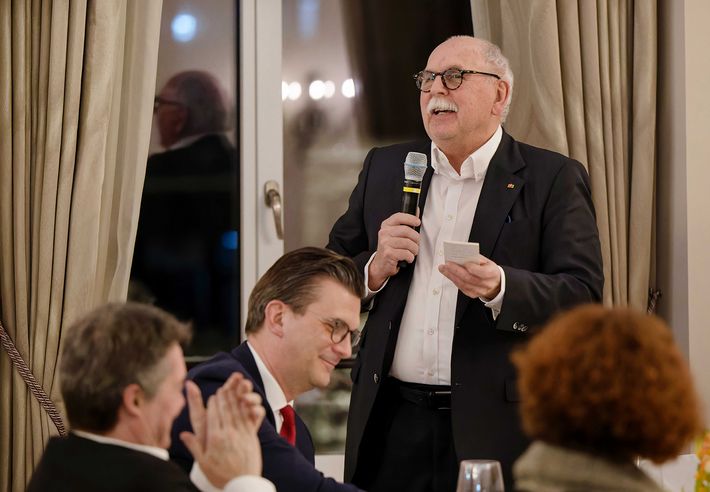
One hundred million Swiss francs is a considerable sum. A number like that could tempt a few people to promise the moon and stars. Were any obviously over-the-top proposals submitted?
Of course. That will always happen. You’ll even get people claiming to have invented a perpetual motion machine. But while many ideas were indeed bold, they still had a solid basis. One excellent researcher told me he had been carrying around an idea since he was a boy, but this was the first chance he had to pursue it. And exactly that is how we choose to operate at WSS. Our question is always: if you had the opportunity to pursue your interests with absolutely no practical concerns, what idea would you work on?
How were the proposals assessed?
I put together a small, external team of experts experienced in the evaluation of research and science, the “Hanover team”. They reviewed all 123 proposals and made a preliminary selection. Their excellent work enabled the Scientific Advisory Board to focus its in-depth discussions on the best ideas. That said, we on the Advisory Board also read all the proposals.
Six projects in the first round of the competition were awarded a WSS research prize of one million Swiss francs. What was it that made these proposals particularly interesting?
That the ideas were far-reaching and rooted in excellent science. That they were a little daring, but nonetheless gave us the impression they could be realised in the long term. If ideas like this work, they have the potential to fundamentally change a scientific, technical or economic area and effect a real breakthrough.
The six finalists were from the fields of chemistry, solar technology and agriculture. They were given another six months to hone their ideas and bring their proposals into sharper focus. Where did you see the biggest changes or improvements?
The original proposals were ten pages long, but the teams had up to fifty pages for their final concepts for a WSS Research Centre. That means they could go into greater detail. They fine-tuned, perfected and polished. Some researchers focused once again on the core part of their concept, or they even used the prize money to launch an experiment or two. I visited each project team twice—early on and then shortly before the deadline. We wanted the competition to be as tight as possible. That’s why I tried to help optimise the concepts by providing neutral advice and feedback.
In the end, the “catalaix” project from RWTH Aachen University won the overall prize. What was the deciding factor?
The project proposes a marvellous idea with the potential to be a real game changer, especially when it comes to recycling mixed plastic waste—the kind that forms massive floating islands in the world’s oceans. In addition, the project has already taken actual shape, and yet it still bears a considerable risk. It’s highly relevant to society and science, and of even greater interest for the economy. Another advantage is that the conditions at RWTH Aachen University are outstanding. And the Werner Siemens Foundation can also identify with the subject area, which is a very important factor in my view.
What scientific and societal advances do you hope to see from the WSS Research Centre?
I don’t want to go into detail, as that might put a constraint on the research. But in general, I hope that the centre’s work will give rise to a viable, cost-effective method of recycling mixed plastic waste at a high production level—while also preserving the maximum value of the material to enable a truly circular economy in the plastics-chemical industry. In the end, I’d like to see the project grow into a business for collecting plastic waste from both landfills and garbage patches in the oceans, and then channelling it back into plastic production processes.
During your terms as president of the German Research Foundation and as president of the Leibniz Association, you gathered considerable experience with research funding instruments. How complex, or how demanding, was the WSS competition compared with other calls for projects?
It was precisely thanks to my past experience that we were able to simplify and specify many aspects. This enabled us to reduce complexity without losing quality in our decision-making. But I’m also convinced that only a private foundation can afford to adopt this kind of funding procedure; unlike public institutions, a private foundation doesn’t have to consider intricate house rules, nor does it have to repeatedly justify its processes to an audit office. It was a complex, fair and transparent process, but by far not as complex as others with the same or even a smaller amount of funding on the line.
What place does the WSS project of the century occupy in the general landscape of large-scale research projects?
I think the WSS project of the century is unique—in the freedom it offers, in its willingness to take a risk, but also in that it reduces administrative costs. Because the idea is to minimise bureaucracy and maximise science.
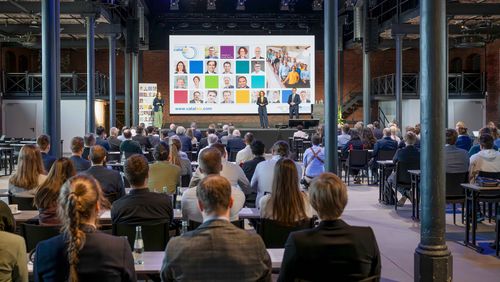
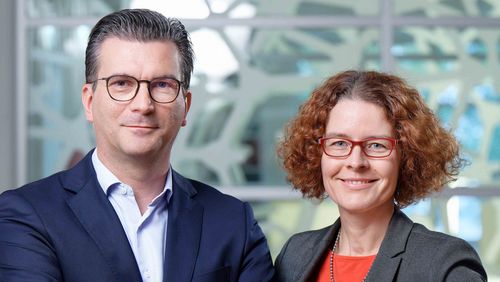
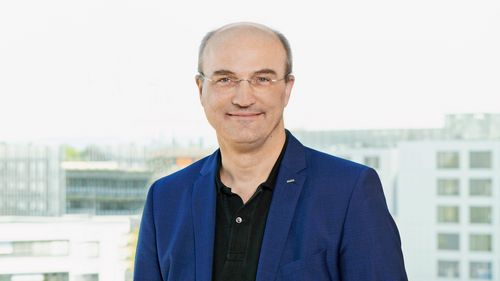
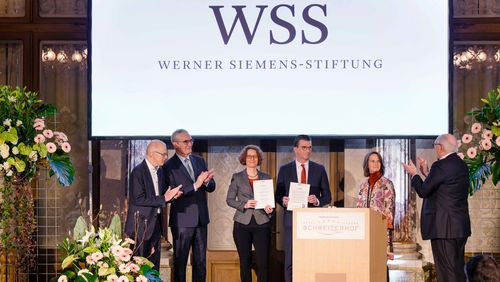
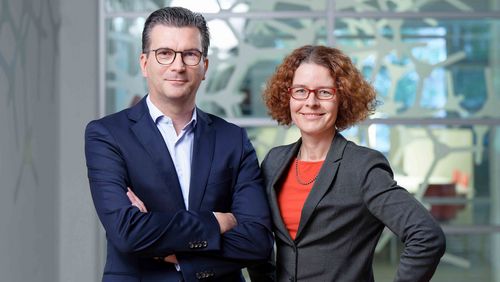
![[Translate to English:] [Translate to English:]](/fileadmin/_processed_/8/d/csm_01-WSS100-Muenchen_a4e2ba3a7f.jpg)
![[Translate to English:] [Translate to English:]](/fileadmin/_processed_/0/7/csm_01-WSS100-Zuerich_20aa6e51dd.jpg)
![[Translate to English:] [Translate to English:]](/fileadmin/_processed_/5/e/csm_01-WSS100-Aachen_c843f6f8ae.jpg)
![[Translate to English:] [Translate to English:]](/fileadmin/_processed_/8/e/csm_01-WSS100-Berlin_8becb34d03.jpg)
![[Translate to English:] [Translate to English:]](/fileadmin/_processed_/3/5/csm_01-WSS100-Freiburg_8ff515d64a.jpg)
![[Translate to English:] [Translate to English:]](/fileadmin/_processed_/e/3/csm_01-WSS100-Goettingen_f4c6bb4b9f.jpg)
